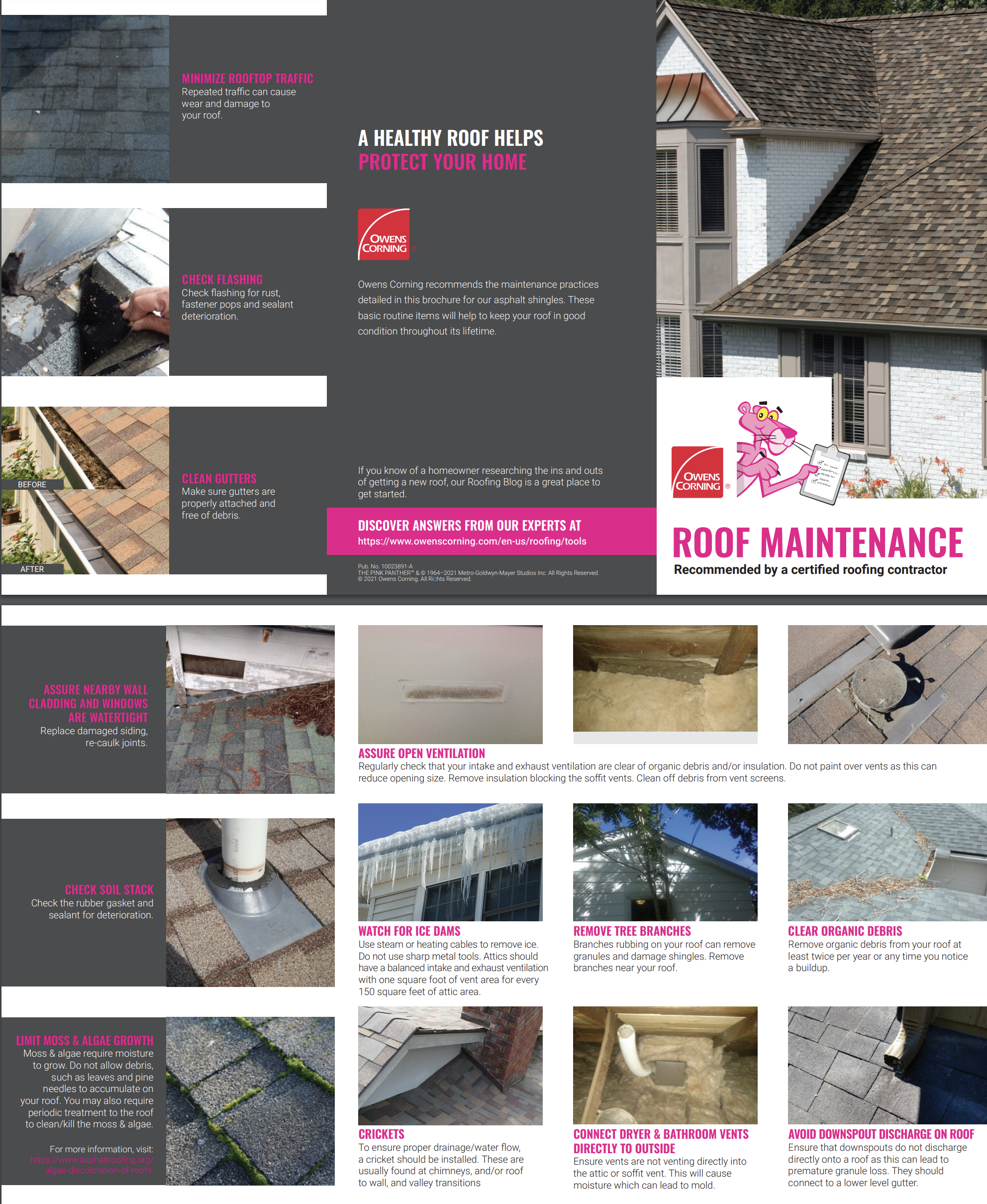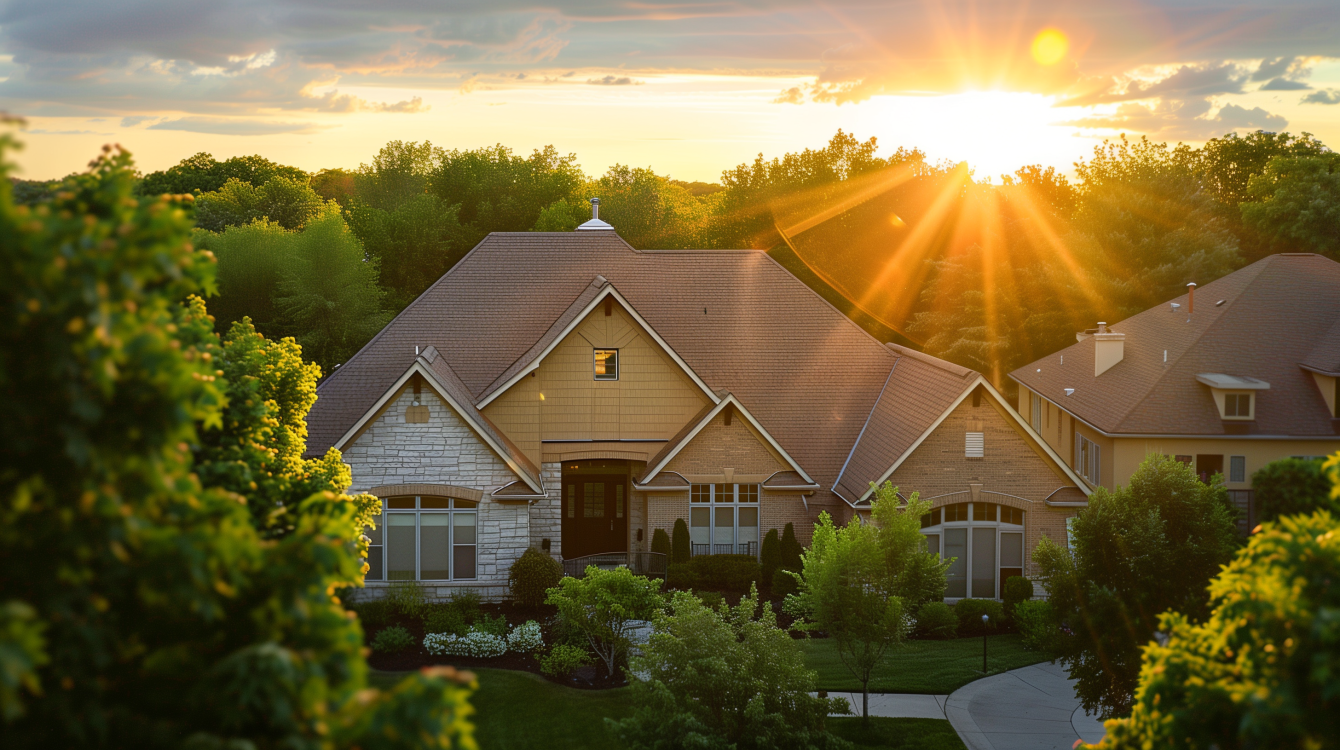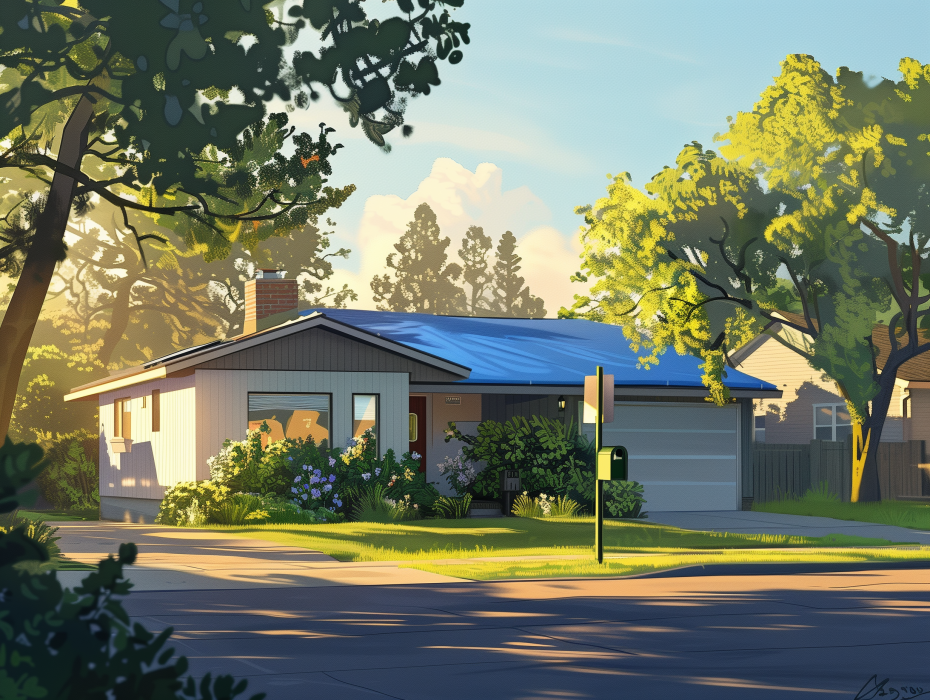Roof Maintenance Recommended by a Certified Roofing Contractor
Maintaining your roof is crucial for protecting your home and extending the life of your asphalt shingles. Following these best practices can help ensure your roof remains in good condition throughout its lifetime.
1. Minimize Rooftop Traffic
Repeated traffic on your roof can cause wear and damage to shingles and other roofing components. Whenever possible, avoid walking on your roof to prevent unnecessary damage.
2. Check Flashing
Inspect flashing around chimneys, vents, and other roof penetrations for signs of rust, fastener pops, and sealant deterioration. Proper flashing maintenance helps prevent leaks and extends the life of your roof.
3. Clean Gutters
Ensure gutters are securely attached and free of debris. Clogged gutters can cause water to back up and damage your roof and fascia. Regular gutter cleaning helps maintain proper water drainage.
4. Watch for Ice Dams
Ice dams can cause significant damage to your roof. Use steam or heating cables to remove ice safely. Avoid using sharp metal tools that can damage shingles. Ensure your attic has balanced intake and exhaust ventilation with one square foot of vent area for every 150 square feet of attic space.
5. Assure Nearby Wall Cladding and Windows are Watertight
Replace damaged siding and re-caulk joints to prevent water infiltration. Properly maintained cladding and windows protect your roof and home from water damage.
6. Check Soil Stack
Inspect the rubber gasket and sealant around the soil stack for signs of deterioration. Keeping these components in good condition helps prevent leaks.
7. Limit Moss & Algae Growth
Moss and algae require moisture to grow. Prevent debris like leaves and pine needles from accumulating on your roof. Periodic treatment may be necessary to clean and kill moss and algae. For more information, visit Asphalt Roofing Manufacturers Association.
8. Assure Open Ventilation
Regularly check that your intake and exhaust ventilation are clear of organic debris and insulation. Avoid painting over vents, as this can reduce their effectiveness. Clear any insulation blocking soffit vents and remove debris from vent screens.
9. Connect Dryer & Bathroom Vents Directly to Outside
Ensure vents are not discharging into the attic or soffit vent. Proper venting reduces moisture buildup and the risk of mold growth.
10. Install Crickets
Crickets ensure proper drainage around chimneys, roof-to-wall transitions, and valley transitions. Proper installation prevents water buildup and potential leaks.
11. Remove Tree Branches
Branches rubbing on your roof can remove granules and damage shingles. Trim branches near your roof to prevent damage.
12. Clear Organic Debris
Remove organic debris from your roof at least twice a year or whenever you notice a buildup. Keeping your roof clean prevents moss and algae growth and helps maintain its appearance.
13. Avoid Downspout Discharge on Roof
Ensure downspouts do not discharge directly onto the roof, as this can lead to premature granule loss and damage. Downspouts should connect to a lower-level gutter.
Conclusion
By following these roof maintenance best practices, you can extend the life of your roof and protect your home from potential damage. Regular inspections and maintenance ensure your roof remains in optimal condition, providing peace of mind and long-lasting protection.
For Immediate Service or Consultation
Contact Allied Emergency Services, INC.
Phone: 1-800-792-0212
Email: Info@AlliedEmergencyServices.com
Location: Serving Illinois, Wisconsin, and Indiana with a focus on the greater Chicago area.
If you require immediate assistance or have specific questions, our human support is readily available to help you.
Disclaimer: This article is intended for informational purposes only. For professional advice, consult experts in the field.










